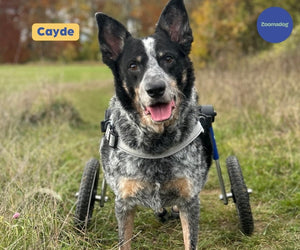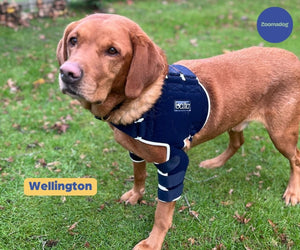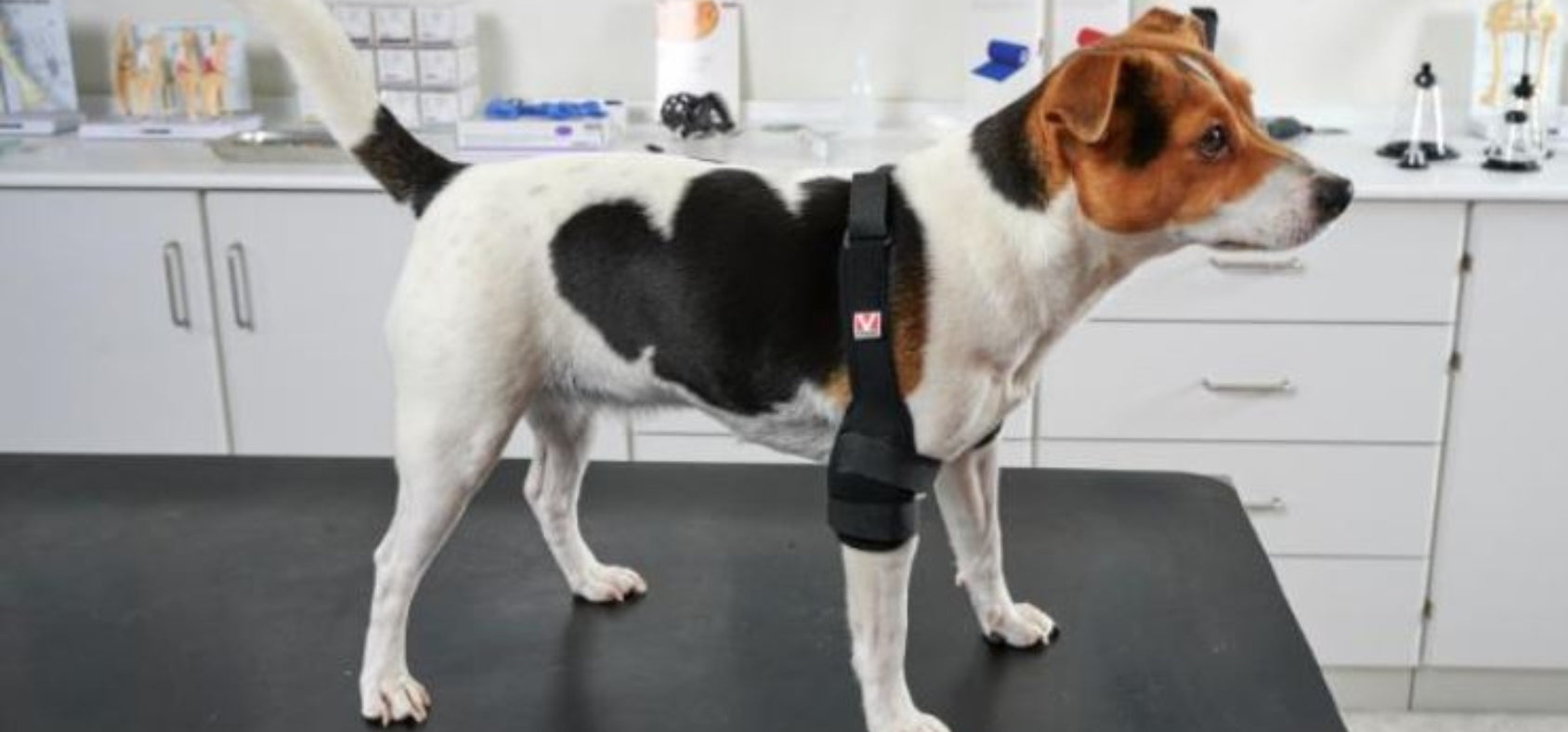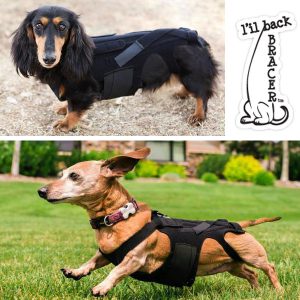What is the difference between a orthotic dog brace and prosthetic? It's important to know what your are looking for and the individual needs of your dog. Dr. James St. Clair outlines the main differences below...
Before we dive deeper into braces for dogs, it's important to note the difference between dog orthotic devices and dog prosthetic devices.
- Orthotic devices are meant to stabilize an injury and provide support for existing structures.
- Prosthetic devices actually replace an existing structure after amputation, such as a partial limb segment.












Leave a comment